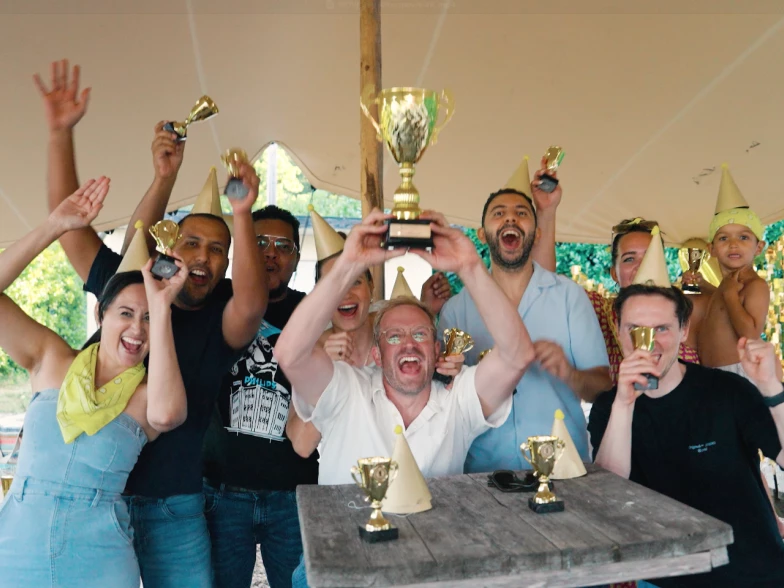This is where senior engineers can make a fundamental difference. Not necessarily through formal authority, but through leadership in practice.
When Anffer Castillo joined one of our high-tech clients as a senior software engineer, he stepped into an environment where most teams were performing well — except for one. This particular team was experiencing delivery challenges and had begun working in isolation rather than as a cohesive unit. Discussions were limited, collaboration was minimal, and the team’s confidence had visibly eroded.
The possibility of splitting the team had already been raised. Instead, the organization chose another path: bring in senior guidance to rebuild collaboration and ownership from within.
Rebuilding collaboration from the inside
Anffer’s role was not to “manage” the team, but to influence how it worked — through contribution, communication, and example.
“Everyone was operating in their own silo. The goal wasn’t to change people, but to change how we think and work together.”
His approach was intentionally practical:
Take responsibility for complex tasks
Share solution reasoning transparently
Bring design discussions to the full team
Encourage questions, feedback, and shared decision-making
Instead of telling people what to do, he modeled the behaviors of a collaborative engineer, showing that discussions and co-creation lead to better outcomes.
Over time, the team shifted from a set of individual contributors to a group solving problems together.








